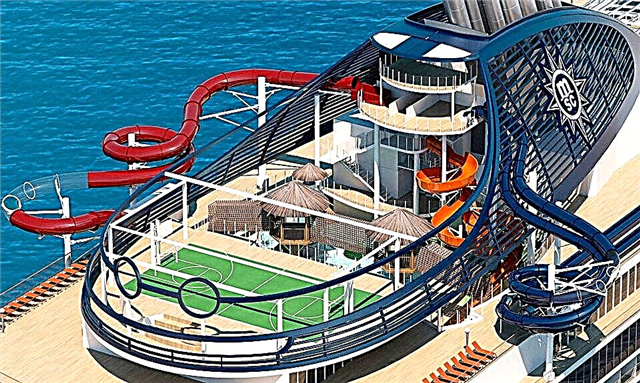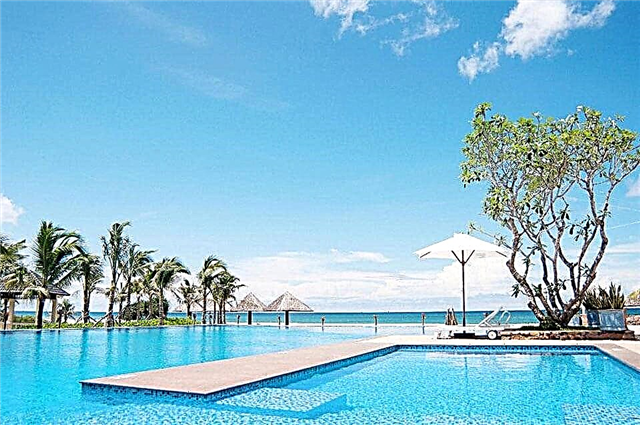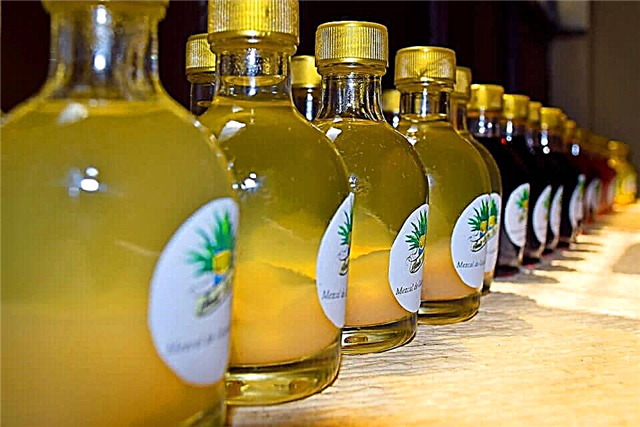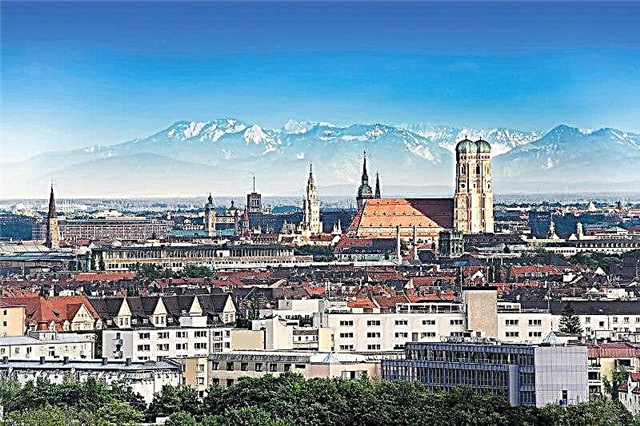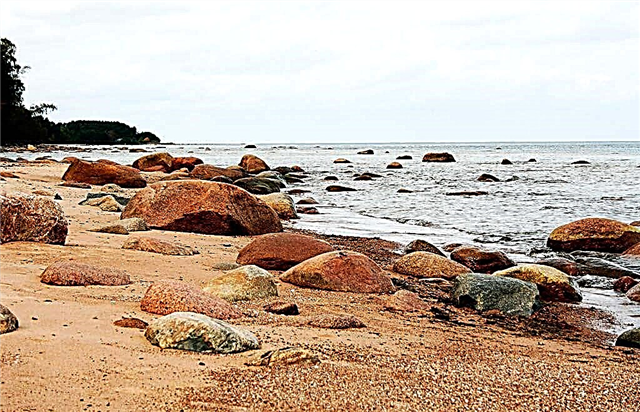Latvia. The peculiar nature of the coast of Northern Europe, washed by the Baltic Sea, the ancient architecture of cities and an eventful history make Latvia an attractive travel destination. "Riga sprats" are far from the only "attraction" of this beautiful country. Let's briefly touch on some amazing facts about its history and geography.

National pride and traditions
There are about 2 million people in Latvia who love their country very much and are proud of it. Founded by German knights-crusaders in the place of a natural harbor in the lower reaches of the Daugava (Western Dvina), the capital of the state, the city of Riga, has been known since 1201. The Daugava is the largest river in the country. The most famous unofficial symbol of Latvia is the white wagtail.
Latvian rye bread, baked according to ancient recipes, is recognized as unique in the EU countries among other 40 products. An element of the national Latvian costume, the Lielvarde belt has one of the most complex ornaments in the world, which is still of interest to historians, ethnographers and fashion designers.

The best of the best
The tallest building in the European Union is the Riga TV Tower. Its height is 368.5 meters. At an altitude of 99 meters, there is an observation deck on the tower, from where a beautiful view of the capital opens up.
The widest waterfall in Europe is located on the Venta River in Latvia. The width of the waterfall is about 100 meters, although the height of the fall of the water is small - about 2 meters.

Eisenstein's "modern" footprint
Riga is the city where the great director Sergei Eisenstein was born. In the 90s of the XIX century, his father held a responsible post in the Livonian provincial council, including the architectural design of buildings. The family lived on Nikolaevskaya Street, now Krisjana Valdemara, and the hallmark of the Art Nouveau style in Riga architecture was the house on Elizabetes Street with 4-meter female profiles at the top of the facade, designed by Eisenstein Sr.
Cinema and Latvia
Jauniela Street is located in the historical center of Riga - the Old Town, which has been mentioned since 1201. She is famous for the fact that two favorite TV viewers of the film "Seventeen Moments of Spring" and "The Adventures of Sherlock Holmes and Dr. Watson" were filmed on her pavement. Local residents will kindly show the windows of the great detective's apartment, as well as the window in the house opposite, from which Professor Pleischner threw himself out when he realized that the turnout had failed.

King Nameis rings
An ancient Latvian legend tells about the Semigallian leader Nameis, who tried to unite the Baltic peoples to oppose the knights-crusaders in the 13th century. Legends say that he forged copper rings for all his comrades-in-arms and soldiers, which they were supposed to wear as a symbol of unity and conciliarity. Enemies were afraid of the warriors wearing rings, as they believed that they were made by gods and possess magical powers. And today the twisted nameis ring is both a piece of jewelry and a souvenir from hospitable Latvia.
Caught a fish!
They say that smoked lampreys are among the delicacies that you should definitely try while in Latvia. Fishing for lampreys is a historical tradition that has survived to this day in almost unchanged form. In order to see it, it is best to go to Salacgriva, a town on the shores of the Gulf of Riga. The river is blocked off with light bridges made of spruce sticks. This is called stabbing. From it, hems are lowered into the water - special traps made from willow rods or (in the modern version) from a nylon net.
Tears of the sea
The Kurzeme coast of the Baltic Sea is a holiday paradise for surfers, fishing enthusiasts and amber lovers. Liepaja, Pavilosta, Ventspils, Cape Kolka are unforgettable places with untouched or carefully protected nature and seaside flavor. By the way, the largest pieces of amber are found in Pavilosta. Amber can be harvested right on the beach after storms. For local residents, fishing for amber is one of the oldest crafts. They go into the water and with nets on long poles catch accumulations of algae, in which, if they are lucky, a sunstone will be found.

Hotel prison
For extreme tourists in Karosta, a military town near Liepaja, on the basis of the Military Port prison, a hotel has been created, which in detail repeats the life of prisoners. In it you can plunge into the unsweetened everyday life of prisoners, "enjoy" prison food, spend the night on bunks and listen to the shouts of the guards.



